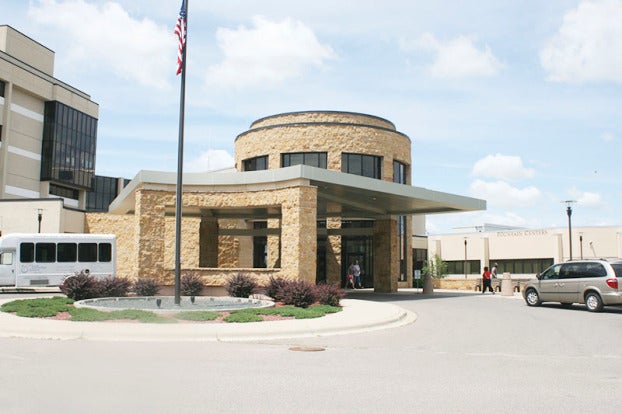Mayo expands the use of telemedicine option
Published 2:39 pm Sunday, April 19, 2020
|
Getting your Trinity Audio player ready...
|
Like so many organizations, Mayo Clinic Health System has had to adjust to the COVID-19 pandemic and that includes the way it treats patients.
That required pushing forward on its initiative to further bolster its telemedicine capabilities and making it far reaching to Mayo’s satellite locations in southeast Minnesota, including Austin and Albert Lea.
The reason for the expanded push was largely for the safety of not only patients, but staff as well. Mayo already had a form of telemedicine available, but found it needed to push forward a plan that had far reaching goals.
“I know with some provider shortages in small towns it just wasn’t prime time,” said Dr. Stephanie Erickson, regional medical information officer in charge of telemedicine for southeast Minnesota. “It was a goal by 2030 to have a virtual service, but if there is a silver lining in this pandemic we’ve been vaulted forward.”
That 2030 goal was shrunk to around three weeks as Mayo started working with its partners to get the connection realized.
Telemedicine meets a need for ambulatory or outpatient care in the face of COVID-19. In turn, Erickson said the service has taken off. The hospital has found that many people have embraced it as a viable option in seeking care and has opened up an exciting future.
“I think it’s wide open and really exciting,” Erickson said. “The virtual platform for delving into digital care is here to stay. It’s been even more welcoming to our patients.”
Though patients have been welcoming the new virtual platform, there have been concerns that the hospital has had to take care of, including security and whether or not the virtual visit is covered by their insurance provider.
“People are worried about how secure it is,” Erickson said. “If you search Zoom you’ll find all this press about hacking and profile stealing. We want our patients to know that we have set up a hippocratic protected portal.”
The other side of that is the insurance.
“A lot of the insurance companies have opened up to payment methods of video visits,” Erickson said. “A vast majority of claims are being approved, but we always encourage patients to check with their providers.”
That aside, the process of getting online is as easy as pressing a button, but patients must first have an online service account. If people don’t have the right software, they can log into their service account and it will direct them to an app store to properly download what they need.
The telemedicine has also proved very versatile, letting doctors assess a number of things, sometimes with the help of the patients themselves.
“Eye doctors are getting creative and have their patients hold a flashlight to their eye,” Erickson said.
While the telemedicine aspect has been helpful in continuing to provide service to patience, the hospital wants people to know that it doesn’t take away the need for in-person visits. It doesn’t mean the hospital is closed completely.
Emergency rooms have reported that when people get ill, they are waiting until the illness is more serious simply because there is the thought the hospital is closed or they don’t want to risk getting COVID-19.
“We’re going to take you through a few questions to see if it’s appropriate for a video visit,” Erickson said. “If you need a face-to-face visit, we always will have a face-to-face clinic.”





